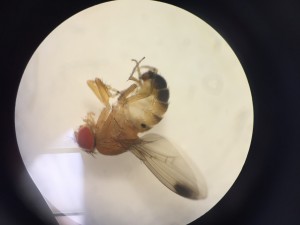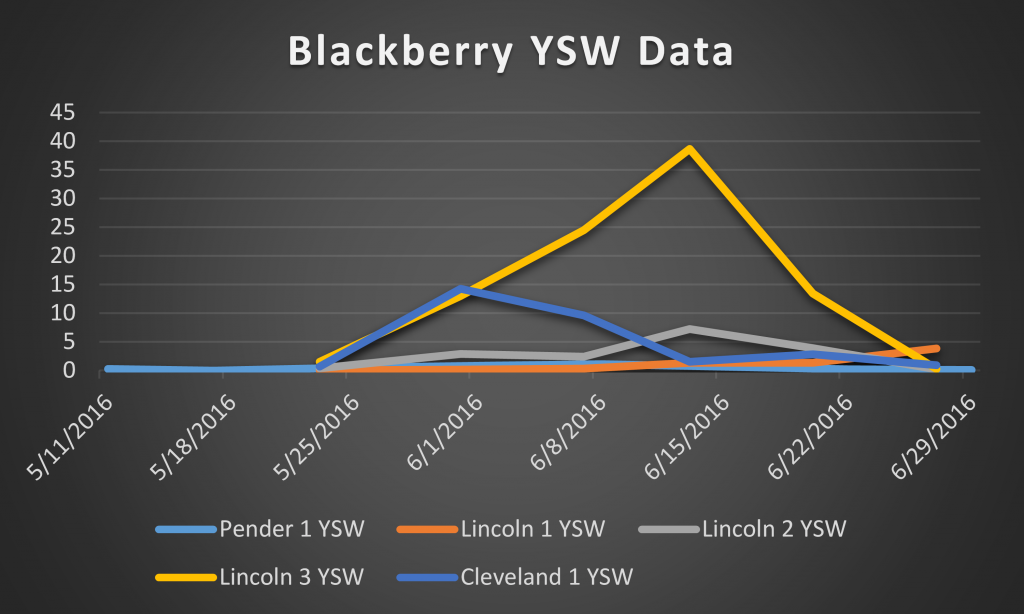Spotted Wing Drosophila Monitoring Report June 22, 2016
go.ncsu.edu/readext?419457
en Español / em Português
El inglés es el idioma de control de esta página. En la medida en que haya algún conflicto entre la traducción al inglés y la traducción, el inglés prevalece.
Al hacer clic en el enlace de traducción se activa un servicio de traducción gratuito para convertir la página al español. Al igual que con cualquier traducción por Internet, la conversión no es sensible al contexto y puede que no traduzca el texto en su significado original. NC State Extension no garantiza la exactitud del texto traducido. Por favor, tenga en cuenta que algunas aplicaciones y/o servicios pueden no funcionar como se espera cuando se traducen.
Português
Inglês é o idioma de controle desta página. Na medida que haja algum conflito entre o texto original em Inglês e a tradução, o Inglês prevalece.
Ao clicar no link de tradução, um serviço gratuito de tradução será ativado para converter a página para o Português. Como em qualquer tradução pela internet, a conversão não é sensivel ao contexto e pode não ocorrer a tradução para o significado orginal. O serviço de Extensão da Carolina do Norte (NC State Extension) não garante a exatidão do texto traduzido. Por favor, observe que algumas funções ou serviços podem não funcionar como esperado após a tradução.
English
English is the controlling language of this page. To the extent there is any conflict between the English text and the translation, English controls.
Clicking on the translation link activates a free translation service to convert the page to Spanish. As with any Internet translation, the conversion is not context-sensitive and may not translate the text to its original meaning. NC State Extension does not guarantee the accuracy of the translated text. Please note that some applications and/or services may not function as expected when translated.
Collapse ▲We have now processed traps through the week of July 6th. Blackberry trap captures of spotted wing drosophila (SWD) are continuing to drop, and available fruit are likely more attractive than our traps.
Because SWD are invasive species, native predators and parasitoids are not adapted to attack it. In fact, we see very few naturally occurring parasitic wasps, common beneficial insects, that are capable of attacking SWD. One way that insects defend themselves against parasitic wasps, is to encapsulate the eggs that female wasps lay inside their body. SWD are better at encapsulating wasp eggs than many other Drosophila species, which means that they are particularly resistant to attack. When eggs are encapsulated, they may be visible externally as black marks when flies emerge as adults.
This resistance to parasites, coupled with the difficulty in obtaining accurate trapping data when fruit is available, further increases the challenges to managing SWD. We are working with biological control experts at the University of California, Berkeley (Kent Daane) and USDA (Kim Hoelmer) to determine if there are any native wasp able to help control SWD and to determine if there are wasps in areas SWD are native which might be safe to import into the US.
The average number of total (male and female) SWD captured per site per day are presented in the figures below. Trapping began at six blueberry fields on May 11, 2016. Scentry lures were not available until May 17th, so these were deployed at blueberry locations during the second week of monitoring.
YSW refers to traps baited with “yeast/sugar water”, and Scentry refers to traps with Scentry lures.
We are monitoring a total of five blackberry fields, and first checked traps on May 17, 2016. SWD trap captures are generally higher in blackberry fields as compared to blueberry fields.
Data is continually processed and will be updated weekly as it becomes available.
More information







